Sake, Japan’s national drink, wouldn’t exist without its most important ingredient—Sakamai. Brewers across the country rely on this special type of rice to give sake its unique taste, smooth texture, and rich aroma. But Sakamai isn’t your ordinary rice. People grow and process it specifically for making sake, and it plays a major role in shaping the final flavor of this iconic drink. Let’s dive into what makes this beverageso important and how it became a key part of Japan’s sake tradition.
What Is Sakamai?
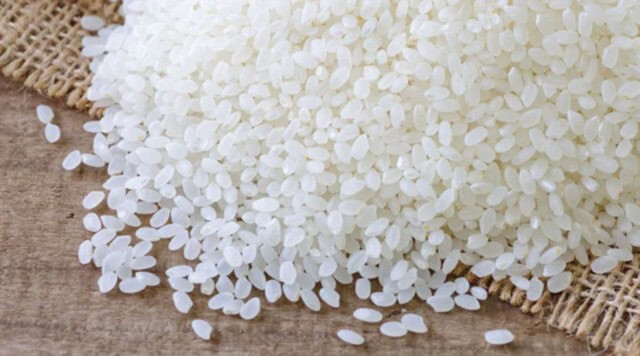
Sakamai (酒米), or sake rice, is a type of rice grown just for sake brewing. Farmers don’t use it for everyday meals. Unlike regular table rice, Sakamai has larger grains and a visible white core in the center called shinpaku (心白). This soft and starchy center soaks up water well and supports the growth of koji mold, which helps convert the rice starch into sugar during fermentation.
Sakamai also has less protein and fat than regular rice. That’s important because too much of those can cause unwanted flavors in sake. Brewers prefer rice with a clean starch center and fewer impurities, which lets the delicate flavors of sake come through. Another reason Sakamai works so well is that its strong, big grains can handle polishing—a process where machines remove the outer layers of the rice. Polishing helps get rid of proteins and fats and exposes the pure starch inside.
How Did Sakamai Start?
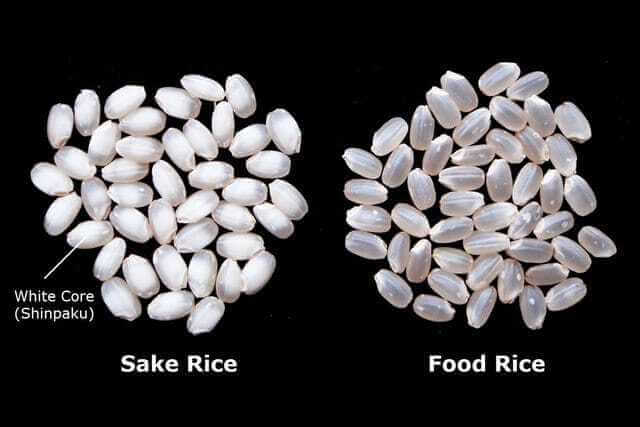
People started using Sakamai for sake brewing back in the Edo period. At first, they didn’t give the rice special names like today. Instead, they labeled it based on where it came from—regions like Kaga, Himeji, and Awaji stood out for growing great sake rice. Later, during the late Edo period, places like Settsu and Harima gained fame for their high-quality rice. In particular, “Torii-mai” from Harima became popular among sake makers in Kyoto and Osaka.
The biggest change came in 1936 when experts officially named a new rice variety Yamada Nishiki. They developed it in Hyogo Prefecture after years of testing. Since then, brewers all over Japan have called it the “King of Sakamai” for its perfect balance of softness, starch, and water absorption. Today, the northern part of Harima still leads in growing the best Yamada Nishiki for top-quality sake.
FAQs About Sakamai
- Does Sakamai affect the flavor of sake?
Absolutely. Different types of Sakamai create different tastes. Some are more digestible for the yeast, and their protein levels also affect how the sake turns out during fermentation.
- Why do brewers polish Sakamai so much?
They polish it to remove the outer layers filled with protein and fat, which can cause bitter or off-flavors. What’s left is the clean starch in the middle, which gives sake its smooth, refined flavor.
Final Thoughts
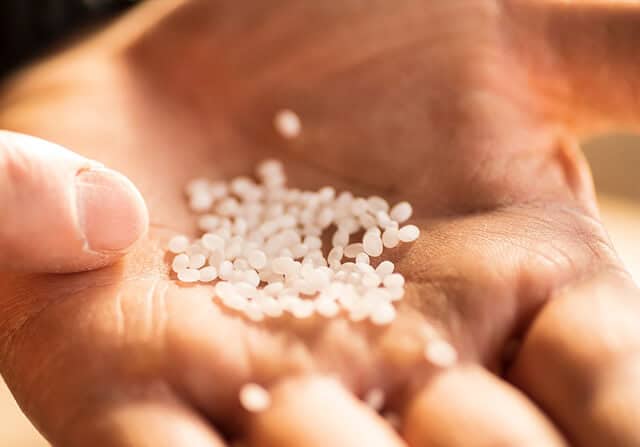
Sakamai sits at the heart of sake brewing. From its soft shinpaku center to its low impurity levels, everything about it helps brewers create the clean, delicate flavors that make sake so special. The long history of this drink, especially the rise of Yamada Nishiki—shows how much care and tradition go into each bottle.
If you’re curious about Japanese rice beyond sake, try dishes like donburi, onigiri, or mochi. Just like Sakamai brings out the best in sake, these rice types bring out the best in Japanese cooking too.
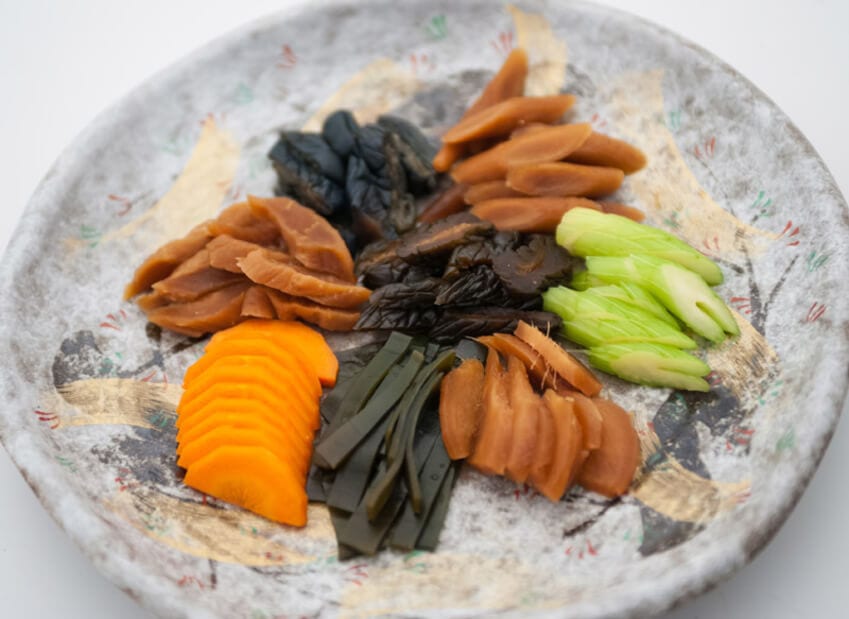
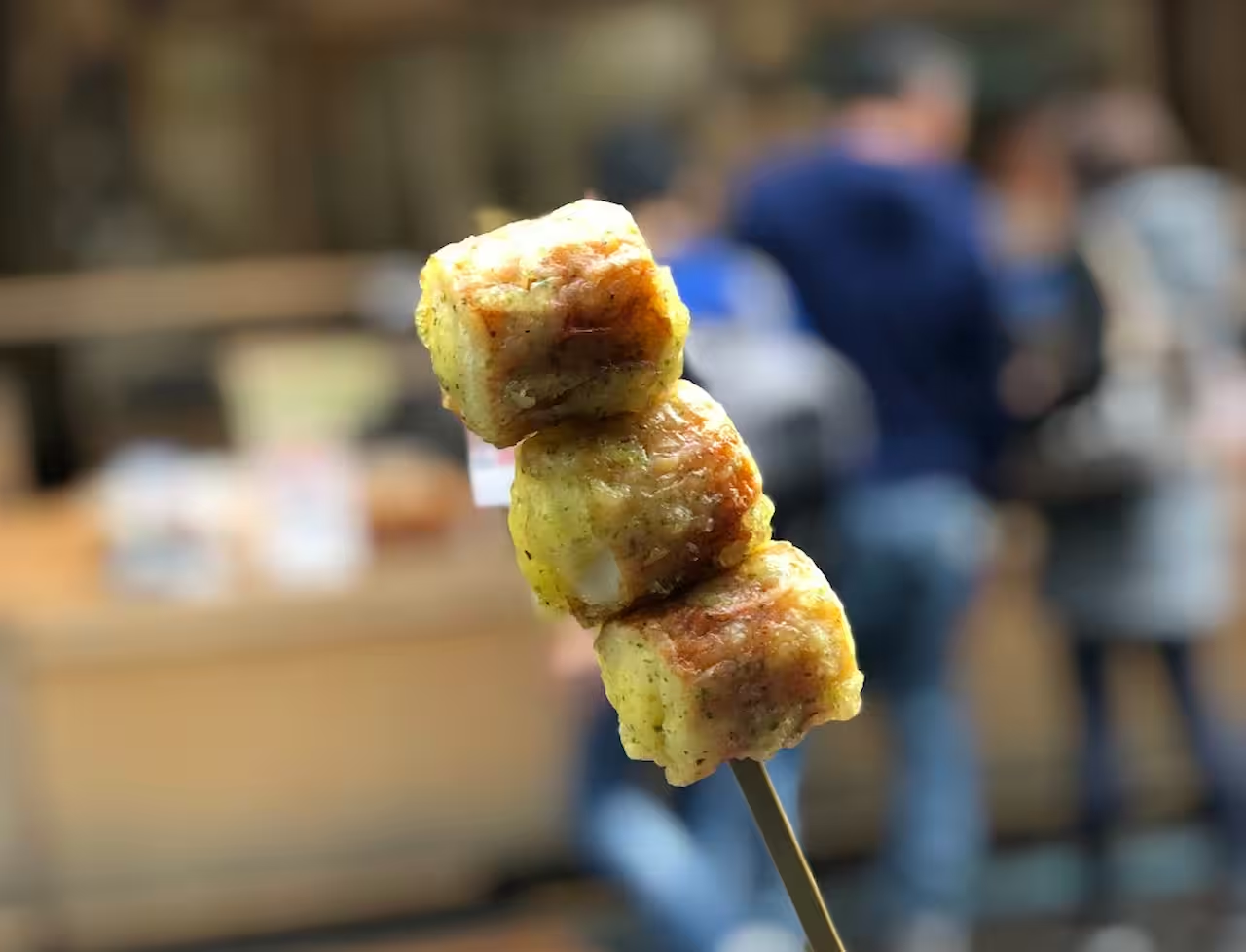
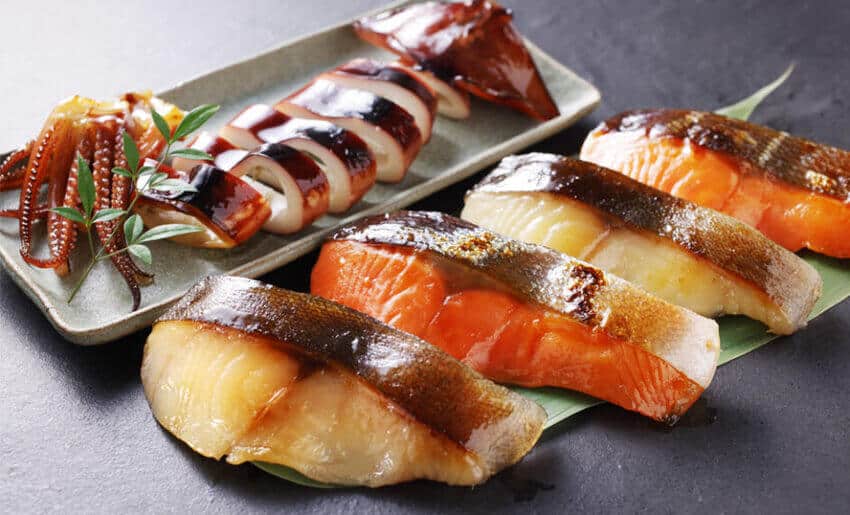

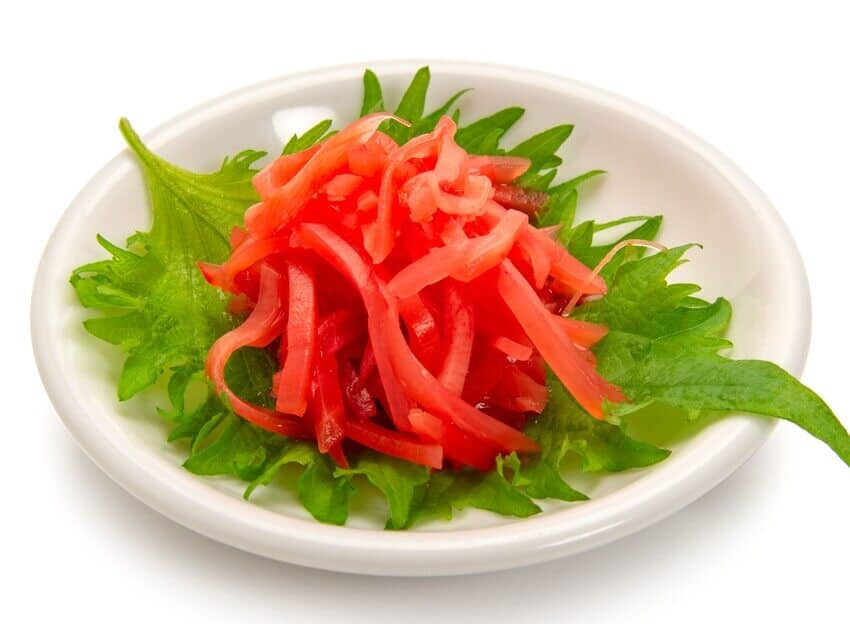

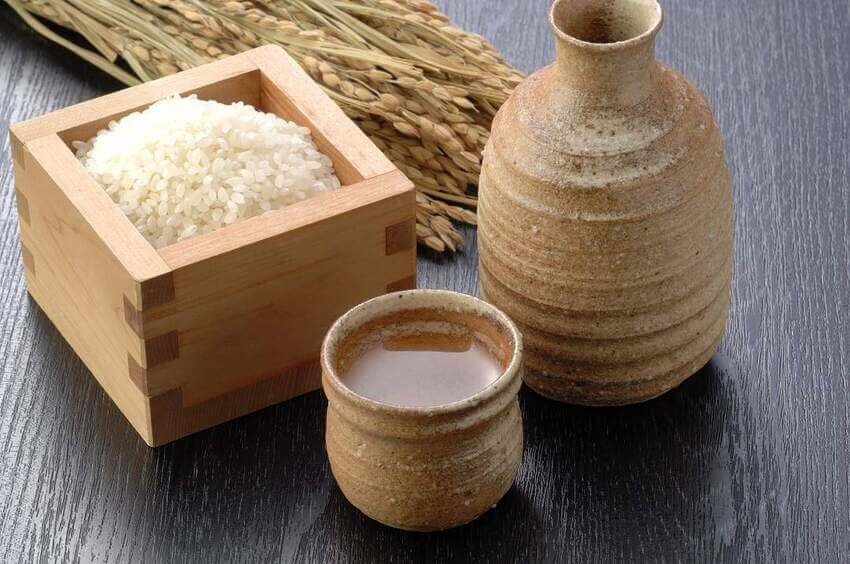
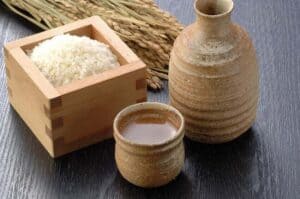
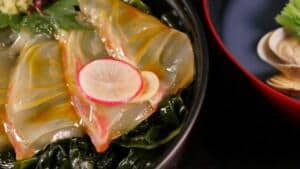
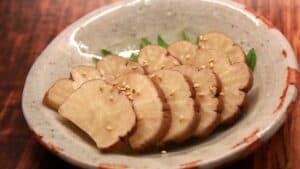
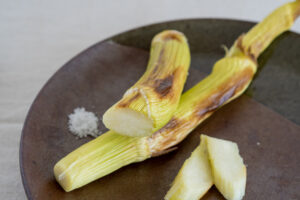
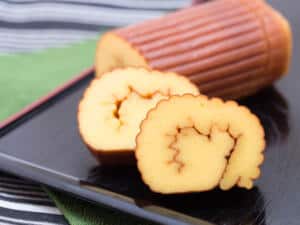
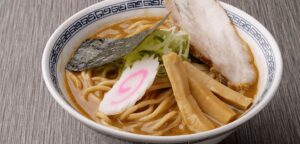
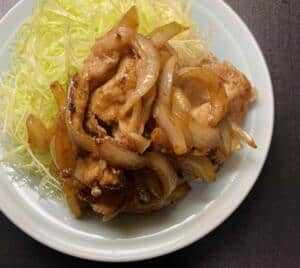
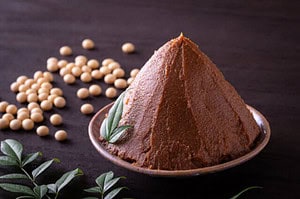
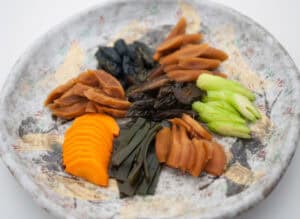
Comments